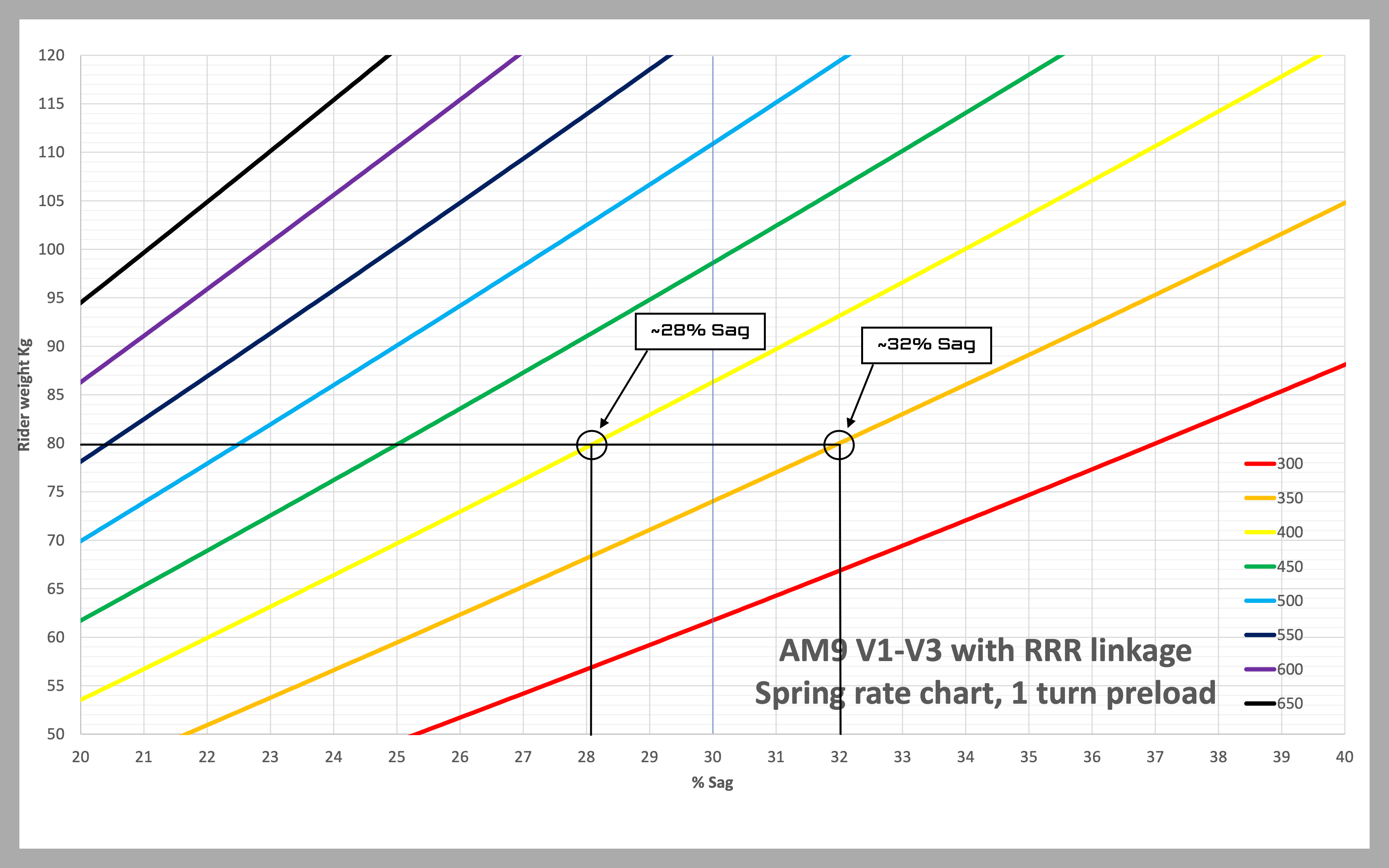Load is placed onto the spring. For a larger version, see our spring rate chart & vehicle weight sheet. Why is spring rate important in springs? “after decreasing for a couple of weeks, mortgage rates are. What's the best way to get.
To figure out the spring rate you start by compressing the spring about 20% of the available distance of the spring and measure the height (load length 1) and the load 1 in (lbs/inch) or (n/mm). Web spring rate measures how stiff or flexible a spring is, indicating its ability to compress under a given force. In essence, it measures the difficulty of compressing the spring. Web spring rate, simply put, is the amount of rate required to deflect a spring one inch. Web catherine, princess of wales visiting northern ireland in october.
It’s a bit more complicated than that, but this description will work. But what does that mean to you? They are usually expressed in units of force per unit of deflection, such as pounds per inch (lb/in) or newtons per millimeter (n/mm). Make sure to add the weight of your riding kit. How does spring rate affect one’s ride?
Why is spring rate important in springs? How does spring rate affect one’s ride? Web spring rate refers to the amount of weight that is needed to compress a spring one inch. It is either displayed as kg/mm, which means it takes a certain number of kilograms of force/weight to compress the spring 1 millimeter, or lb/in, which takes a certain number of pounds to compress the spring an inch. Design rate is the amount of weight a spring is designed to carry at a certain ride height, making it an engineering consideration.
Spring rate, technically speaking, is the measurement of your spring’s force expressed in “x” units of load per one unit of distance traveled. Spring rate refers to the amount of weight that is needed to compress a spring one inch. For example, say you have a 200 lb. For example, say you have a 200 lb.
Web The European Central Bank (Ecb) Is Likely To Start Off With A Moderate Interest Rate Cut This Spring, Which Should Come Independently Of The U.s.
Make sure to add the weight of your riding kit. Web the rate or spring constant of a spring is the change in the force it exerts, divided by the change in deflection of the spring. Spring rate is the amount of weight required to compress a spring one inch. The great thing is that this measurement is universal and applies to everything, including lowering springs up to valve springs.
Simply Put, Spring Rate Is The Amount Of Weight That Is Required To Deflect Or Push Down A Spring One Inch.
Web spring rate refers to the amount of weight that is needed to compress a spring one inch. An extension or compression spring's rate is expressed in units of force divided by distance, for example or n/m or lbf/in. Enter your suspension measurements in the white boxes below. To figure out the spring rate you start by compressing the spring about 20% of the available distance of the spring and measure the height (load length 1) and the load 1 in (lbs/inch) or (n/mm).
Why Is Spring Rate Important In Springs?
Both ways are shown below. Design rate is the amount of weight a spring is designed to carry at a certain ride height, making it an engineering consideration. Load is placed onto the spring. For a larger version, see our spring rate chart & vehicle weight sheet.
So Now, Let’s Learn About Some Different Types Of.
This calculator will only give approximations depending on the accuracy of. For example, say you have a 200 lb. That is, it is the gradient of the force versus deflection curve. Web once your front end weight has been calculated, simply choose the suggested spring rate.
Web once your front end weight has been calculated, simply choose the suggested spring rate. If the rate of the spring is linear, its rate is not affected by the load that is put on the spring. Web the european central bank (ecb) is likely to start off with a moderate interest rate cut this spring, which should come independently of the u.s. Web spring rate in lb/in = w*b*l^2/ (t*s), where: B = the weight bias, or the percentage of your weight on the rear.









Ads